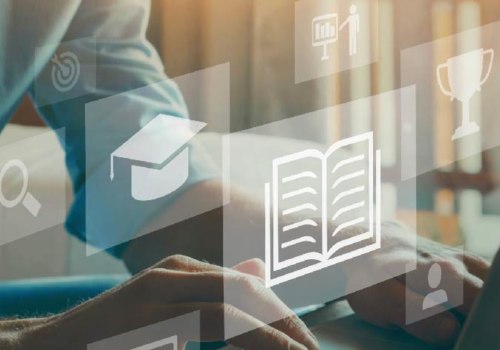E-learning has become an increasingly popular form of education in recent years, offering convenience, flexibility, and a range of educational opportunities to students worldwide. However, despite its benefits, this type of learning is not immune to technical difficulties that are specific to The Best Online Degree Tutoring Websites. Technical difficulties, in particular, can be a major source of frustration for both students and instructors. In this article, we'll explore the potential issues that can arise from e-learning due to technical difficulties, from connectivity and bandwidth problems to system glitches and hardware incompatibilities. Additionally, we'll discuss how to minimize these issues by utilizing the services of Profs online aeronautical engineering tutors who can provide the necessary technical support to ensure a smooth e-learning experience.
Minimizing Technical Difficulties
E-learning can present a number of technical difficulties, however, these can be minimized by taking a few steps to ensure that the technology is up-to-date and secure. Keeping hardware and software current can help prevent system errors or cyber security issues.As well, providing opportunities for student interaction within the e-learning platform can help to minimize technical difficulties that may arise from a lack of understanding of the e-learning material. It is also important to set realistic expectations for both students and instructors. By ensuring that both parties understand the capabilities of the e-learning platform as well as what is expected from them, potential technical difficulties can be minimized. For example, if students are expected to use audio or video capabilities to discuss course material, it is important that both parties understand the technical requirements for doing so. Overall, by taking the necessary steps to ensure that the technology is up-to-date and secure, providing opportunities for student interaction, and setting realistic expectations for both parties, potential technical difficulties associated with e-learning can be minimized. E-learning can be an effective way to learn if proper steps are taken to address potential technical difficulties. By minimizing technical difficulties through the use of up-to-date and secure technology, providing opportunities for student interaction, and setting realistic expectations for both parties, e-learning can be successful. Technical difficulties should not be overlooked when it comes to e-learning, as they can present potential challenges.
However, with the right planning and preparation, these issues can be addressed and minimized, allowing students to reap the benefits of e-learning.






